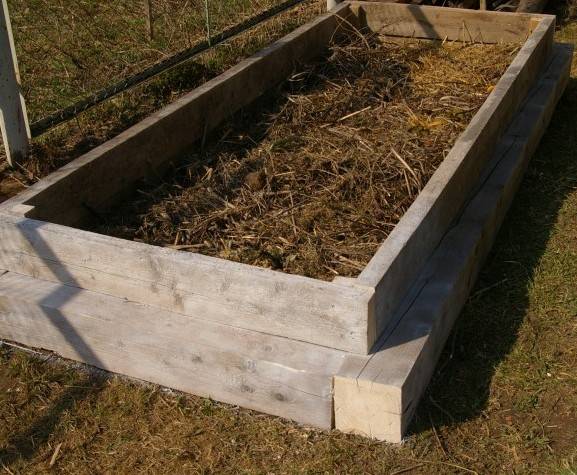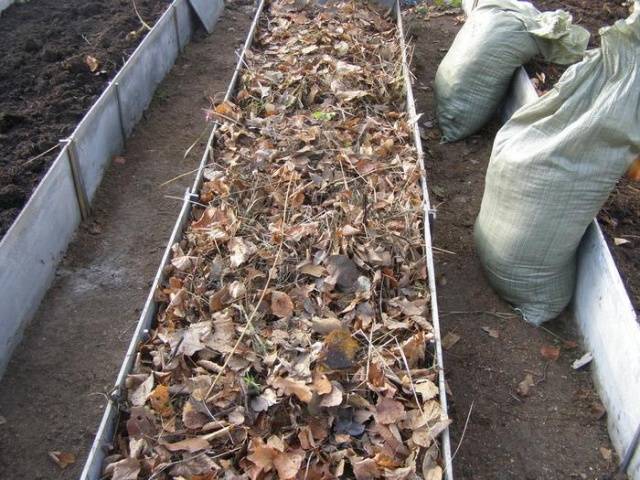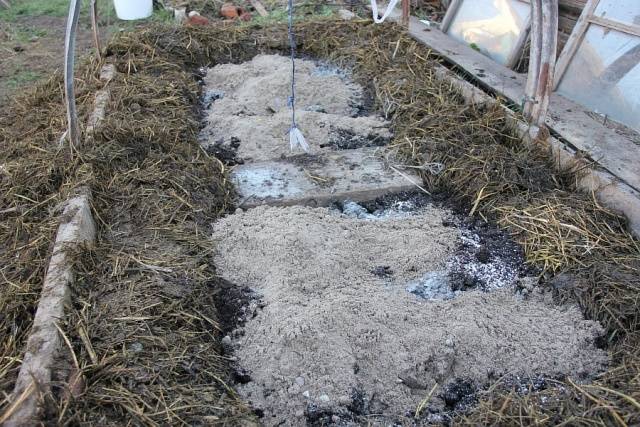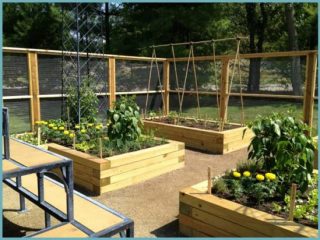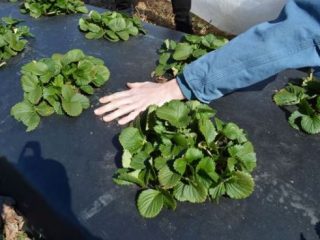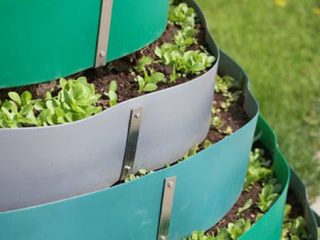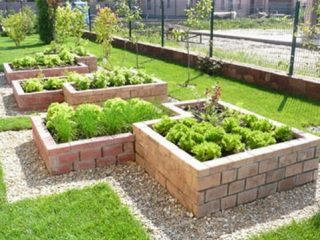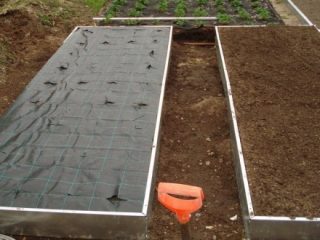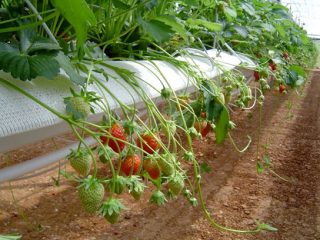Content
Experienced summer residents have long known that cucumbers love warmth, therefore, at their summer cottage, a warm bed for cucumbers is needed, which should be done in the fall, which is desirable even before the onset of cold weather. It is quite feasible to build such beds with your own hands, and as soon as the first crop is harvested, you can start preparing the beds for the next season. There are several structural types that can be built on the site.
Types of warm beds for cucumbers
If we talk about the principle devices for warm beds for cucumbers, they are practically the same. In all variants, the bed must be raised above the ground and the sides installed, filling the box with fertile soil and organic matter. You can build a garden bed at any favorable time of the year.
Arrangement options:
- covering bed;
- high;
- vitamin.
The covering bed, intended for early cucumbers, is also suitable for growing eggplants, tomatoes, peppers and other thermophilic crops. The place where the garden is planned to be located should be open and sunny. The height of the sides is selected from 30 to 40 cm. For installation you will need:
- edged boards (about 15 cm wide);
- metal profile (square);
- drill and roofing screws;
- several metal rods for arcs (2-2.5 m in length);
- shelter material;
- twine for fixing the rods.
First, you need to connect the future sides with self-tapping screws. The length of the sides should be from 4 to 6 m, and the width should not exceed 1 m. The resulting frame is installed in the place of the future bed. Now you need to install arcs that will be connected from above with twine for the greatest strength.
The next step is filling the box:
- first, chips, branches or leaves are laid;
- further, sand is laid out;
- hay or straw or humus;
- the last layer should be fertile soil (from 20 to 30 cm).
Seeds (or seedlings) can be planted in the finished bed; you need to cover it with a special material. Experienced gardeners recommend preparing the filler in the fall, then the organic matter will rot well over the winter.
The better the high bed
A tall, warm bed for cucumbers is good for early cucumbers. For it, you need to find a place on the sunny side of the garden, then remove the top layer by about 0.5 m, the very bottom needs to be covered with newspaper or cardboard. Then you can start building a frame for the garden. You will need boards and 4 bars to connect the structure. The approximate height of the bed itself should be about 1 m.The filling will be as follows:
- decayed leaves (20-25 cm) are the first layer;
- 2nd layer - manure or compost (20 cm);
- 3rd layer - fertile soil.
A similar warm bed is made for 5 years. Each spring, it will warm up quickly, and in the fall, it will cool down more slowly than open beds.
How to make a warm vitamin bed
A warm vitamin bed for cucumbers is a popular option among summer residents. For the construction, all the same frame will be required, as well as polyethylene, organic matter and a decay accelerator. You need to build a garden as follows:
- Mark out the territory of the future garden, then remove the top layer of earth (about 60 cm). The excavated earth must be folded side by side on cardboard or polyethylene.
- The walls of the resulting trench are covered with agrofibre or polyethylene. This is necessary so that no weeds did not sprout into the garden.
- The bottom is lined with twigs or branches that were previously cut from the tree.Dry branches are covered with young shoots, for example, raspberries or currants, along with leaves.
- Further, you can pour out half of the earth that was dug out at the very beginning, and sprinkle it with a special mixture to accelerate the decomposition of organic matter. For this, such mixtures as Shining-3 or Baikal M1 are perfect.
- They spread organic waste, which are perfect for rotted leaves, cuttings from vegetables or tops. All this must be watered abundantly.
- Pour out half of the remaining soil, again spread the young growth on top of it and cover it with a special mixture for rapid decay.
- The final stage will be the installation of a wooden frame inside the garden bed, adding earth. All this must be covered with hay or straw.
It is not enough to make a warm bed for cucumbers; proper care is needed for the culture.
Cucumber growing tips
In order to get a good harvest of cucumbers from a warm garden bed, you need to know some rules:
- Warm beds are installed not only in a sunny, but also in a windless place. No running water should pass through this place.
- It is important to know that not only the soil must be warm, but also the water with which the cucumbers will be watered, otherwise the plant may die.
- The best time to plant seedlings or seeds is the end of April, in which case it is possible to get the maximum yield.
- If weeds begin to appear in the garden, they must be dealt with immediately. During the growth of cucumbers, they need to be pulled out, and before planting, the land must be cultivated.
- If cucumbers have already grown in the garden, then before planting new seedlings, you must remove the top layer and lay a new one.
- Warm beds are located in the direction from east to west, in which case their heating will be more intense.
- For planting cucumbers, those warm beds on which tomatoes, onions, garlic or cabbage have sprouted are quite suitable.
The correct temperature regime is also important for cucumbers. It depends on how the seedlings will develop, how actively fruiting will take place. That is why it is so important for gardeners to take care of the presence of warm beds. Its basis is precisely the branches that are laid out on the bottom. When they start to rot, they produce methane, which creates heat. It is in a warm environment that abundant reproduction of microorganisms occurs.
Microorganisms begin to oxidize methane, resulting in the formation of carbon dioxide, which has a beneficial effect on fruiting.
Favorable conditions for growing cucumbers will give not only an abundant, but also a tasty harvest. If you take up the construction of warm beds in the fall, then in the spring there will be more time for planting. During the winter, all decay processes will pass, so that crops can be planted in April-May.
